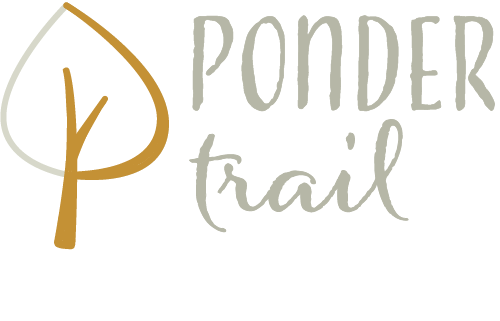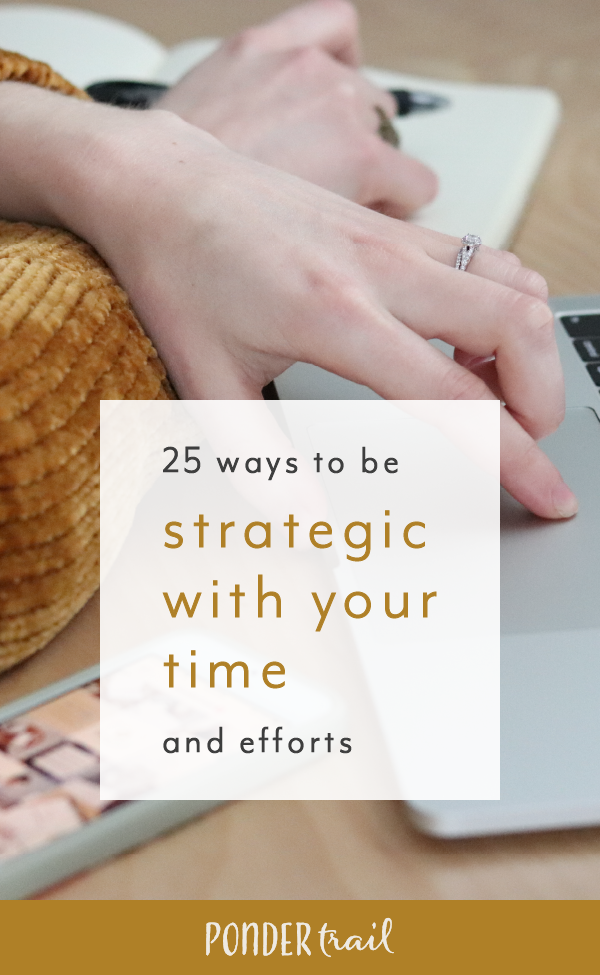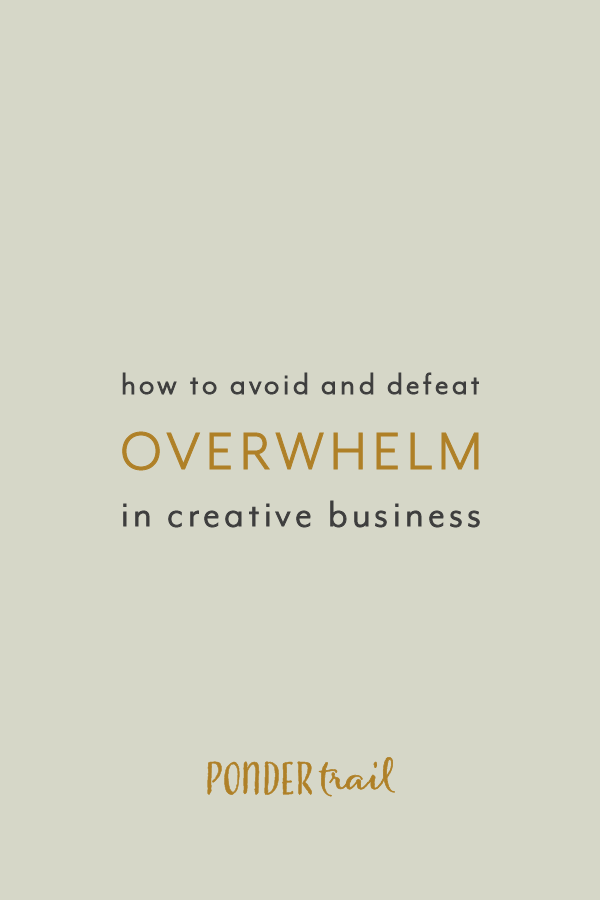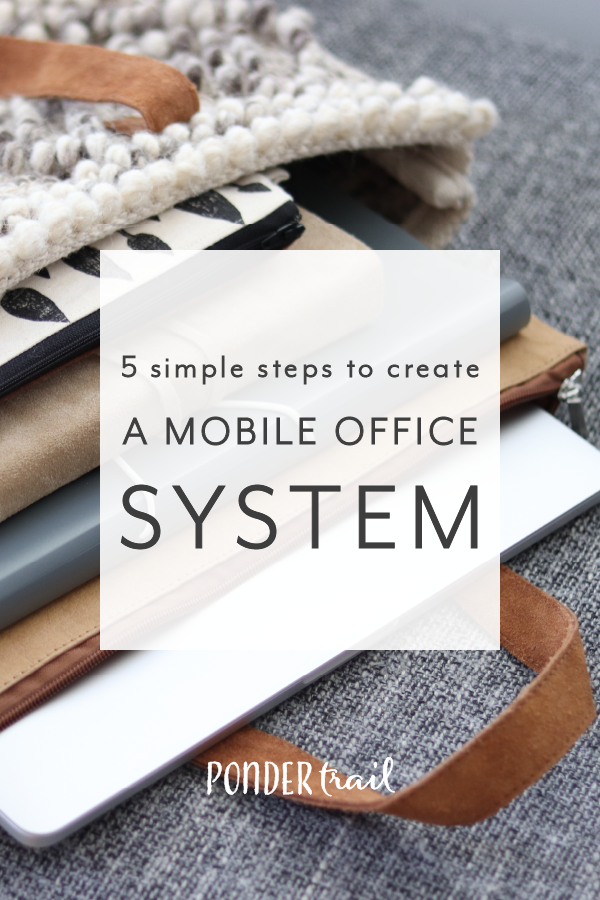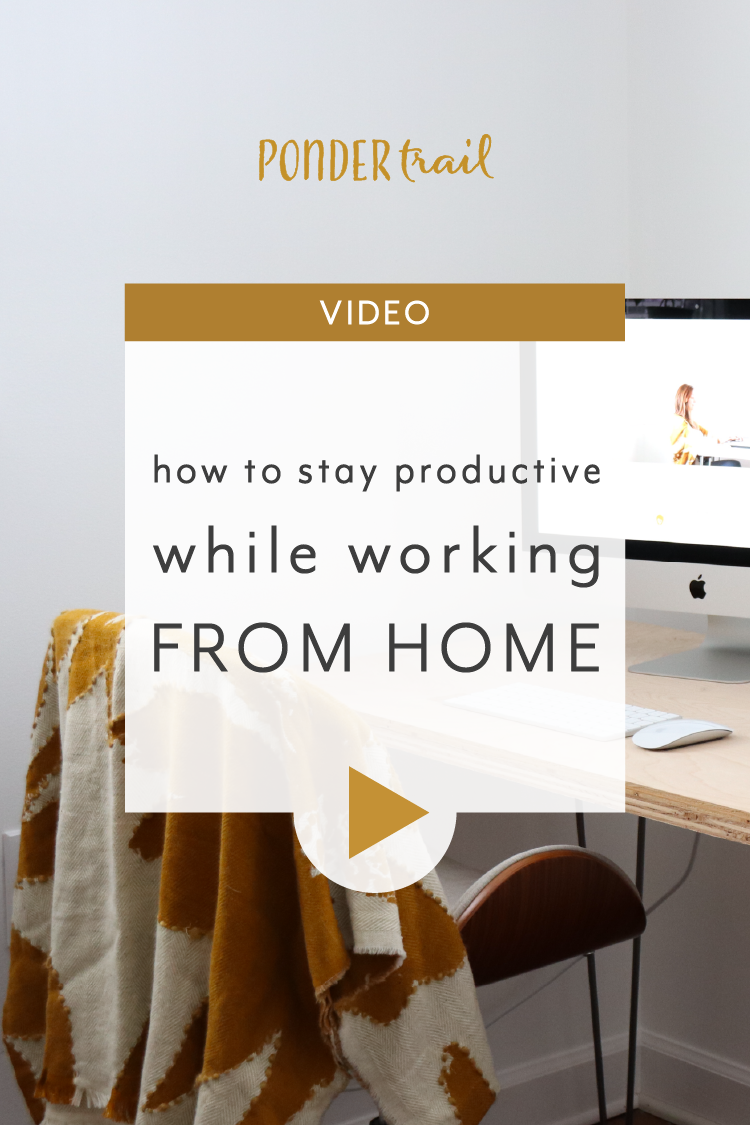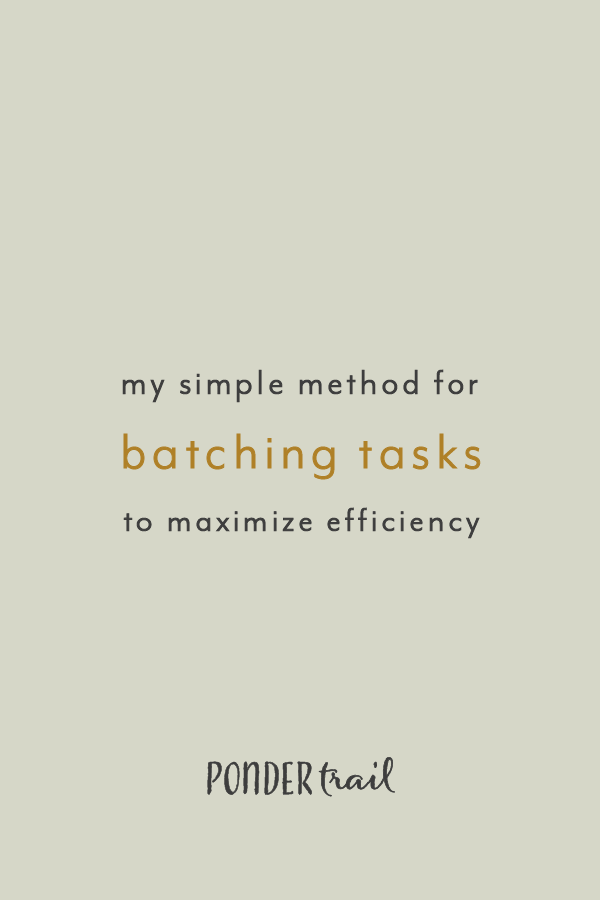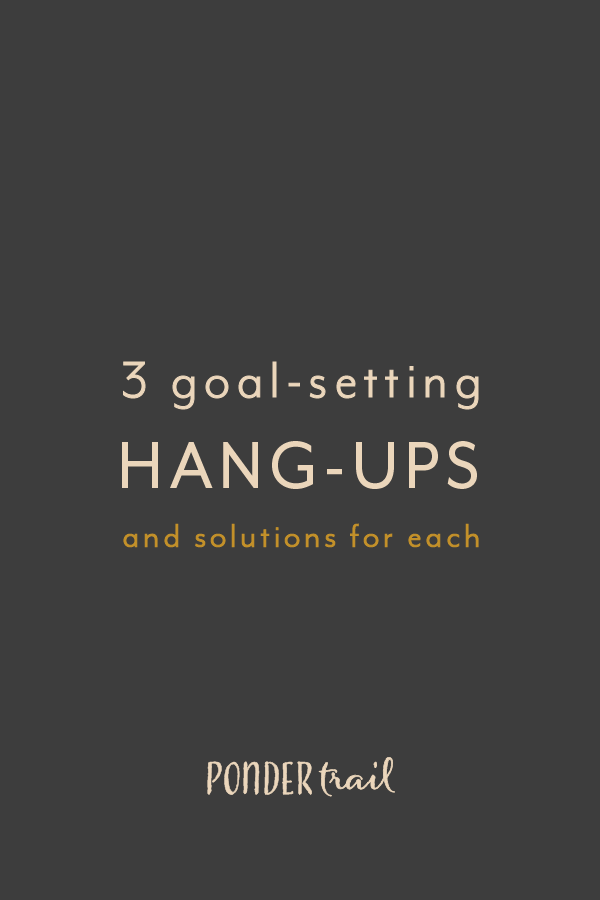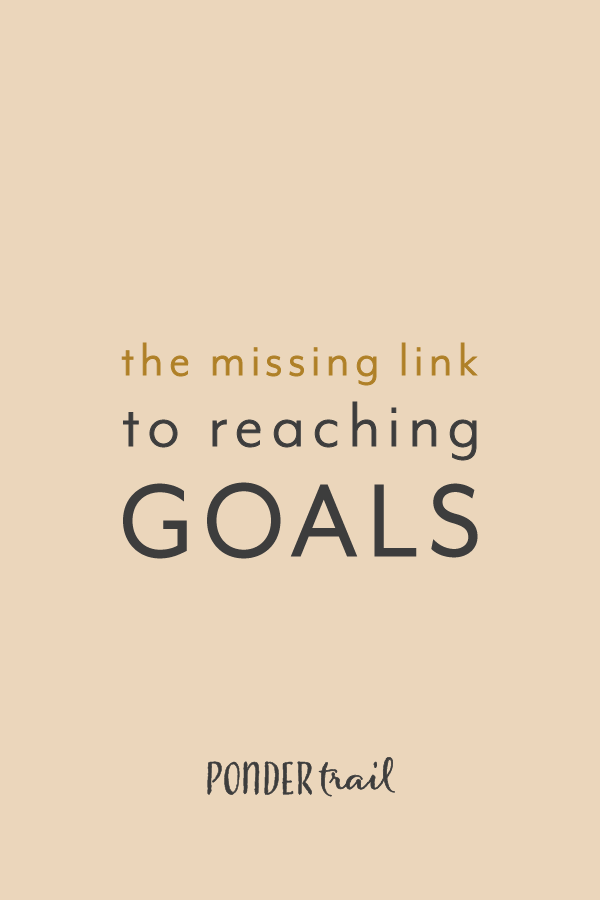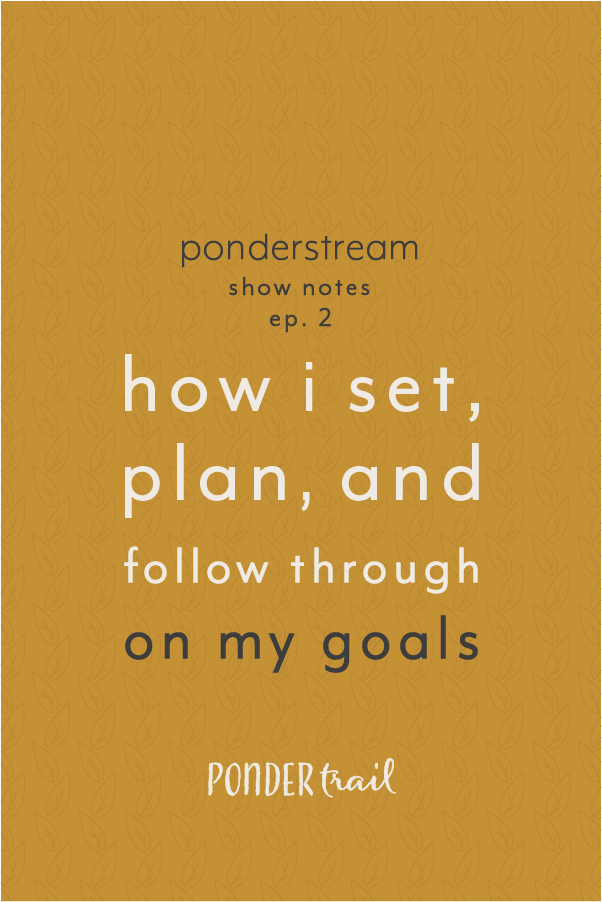25 Ways to be Strategic with Your Time and Efforts
Blog Pod Audio // Listen to the post
Have you ever listed out every single task you do for your creative business?
I’m willing to bet that it’s a long list.
Each one of these tasks take time. And time is very, very limited.
For some people, an 8 hour workday feels painfully long, but for many creative entrepreneurs, a 16 hour work session never feels quite long enough for all of the things we hope to accomplish.
Can you relate?
Since we’re a hustling bunch, we have to be extra careful with where our time goes. Because, after all, the clock doesn’t stop for even a second.
My calendar is always filled with things to check off. I used to wonder where all of my time went. But since then, I’ve gained some insight into making more progress and having more to show for my time.
So today, I’m sharing my favorite 25 tips for being strategic with your time and efforts.
1 // Audit your business.
Take a hard, honest look at the time and effort you spend on your business.
Are there things you do that aren’t helping you get where you want to go? Maybe you’ve picked up time-wasting habits or maybe you aren’t really sure what you need to be working on.
Question everything you’re doing, and get a clear picture of where your time goes. Then, commit to being more intentional from here on out.
2 // Cut out what isn’t working.
Once you’ve identified the tasks, time-wasters, and pitfalls that aren’t helping your business, it’s time to cut them out of your practices.
Determine what you need to fix and get better at. And be ruthless with the things that need to go. You need to clear out the inhibitors you so you can focus on the stuff that works!
3 // Put time into what works and matters most.
You don’t have to do it all, and you actually shouldn't try to. Identify the best practices for your business.
What are the most important parts or areas of your business? What makes your business tick? What tasks yield the best results?
Make sure you are investing your time into the heart of your business.
A good way to figure this out is to ask yourself, “if I only had HALF the amount of time to work on my business that I do now, where would I spend that time?” Then, focus your efforts there.
4 // Unplug from industry standards and fads.
Ever feel pressured to do what others are doing or subconsciously follow the industry norms? Take a step back from “how it’s supposed to be done,” and instead, do “how I should do it.”
Think outside the box, and do what’s best for your business—even if it’s unheard of. Similarly, avoid getting caught in the flow of new fads or ideas unless you have a good reason to do so.
When possible, it’s usually beneficial to do things a little differently to help you stand out in a crowded industry.
5 // Have a discovery day.
A great way to figure out what’s best for you and your business is to have what I call a Discovery Day. I approach it like a creative retreat where I set aside a day each quarter to assess everything and dive deep into my business.
I explore ideas, assess things I see in the industry, and spend a lot of time brainstorming and zeroing in on my own ideas. I always come out of it feeling refreshed and clear, which helps me carry out the next quarter with a strong focus.
6 // Know your business’s “why” and purpose.
Get clear on the purpose your business has for both you and your audience. Think about why you started your business and how it benefits you. And define how it provides value for your customers or clients. Knowing your why (and keeping true to it) is a key step to spending your time wisely.
Related Post: The Top 2 Critical Strategies to Consider when Starting and Growing a Business // Ponderstream
7 // Define your goals.
Set short- and long-term goals to help you stay on track. It’s easy to get caught up with new ideas on a whim, so creating SMART goals will keep you grounded.
It helps you set a strategic path of smaller action tasks that make up a larger goal, and those little steps are opportunities to be purposeful with how you spend your time.
Related Posts:
Get my workbook for setting, planning, and reaching your goals:
8 // Define your audience.
Knowing your business’s audience will prevent you from wasting time. Instead of being all over the place or not being sure of what you sell, it ensures that every effort and piece of content you create will be for your ideal audience.
And you can give them what they actually want instead of tossing time out the window with failed ideas of products or services that don’t sell.
Related Post: Why and How to Define an Audience for your Business, Blog, and Social Media
9 // Hone in on your niche.
Define the corner of the industry where your business resides so you can provide value with a unique approach or selling point. Avoid the urge to offer everything or appeal to everyone.
Pinpoint what you do, who you do it for, and how you do it. Then make sure all of your time goes into fulfilling that.
10 // Commit to one idea at a time, and see it through.
Tackling too many ideas at once can lead to burnout and overwhelm. Instead, just pick one (maybe two) new things and focus all of your efforts and creativity into them.
With less to juggle, you’ll be able to execute them better and more efficiently, too. Once you finish that project or venture, you can move onto another idea.
11 // Spend time doing what you already know you need to do.
For example, determine which is is better: spending 3 hours brainstorming for new, fun ideas or spending 3 hours writing a blog post that you already know your audience will love?
Pull time out of the unproductive habits and things that don’t get you anywhere, and, instead, put it into things that make progress towards your goals.
12 // Learn how to be productive and how to work faster.
Ultimately, if you’re working too slowly, it’ll be hard to make progress. So find ways to help yourself work more quickly. Set timers, stick to a schedule, and create a productive workspace. Productivity is a skill, so start with small steps to help you gain momentum and speed.
Related Post: My Favorite Proven Productivity Secrets for Getting More Done Each Day
13 // Set boundaries with social media.
While outlets like Instagram, Twitter, and Pinterest can be great tools for marketing and networking, it's easy to fall into time-wasting habits by letting those tasks drag out and by slipping personal time into the category of “work.”
If you want to catch up on inspiration or your favorite accounts for fun, schedule that during your breaks, and make sure you get back to work once your time is up! Stick to the essentials (like replying to direct messages and comments on your posts) during your work hours.
14 // Plan your social media posts in advance.
If writing and publishing social media posts eats into your time each day, create them in advance and all at once. You can use a scheduler app like Meet Edgar, Buffer, or Tailwind, or you can just pre-edit your photos, pre-write your captions, and save them to your phone.
Do all of the work ahead of time so they’re ready to go. Then, all you have to do is hit publish (or let an app take care of that, too).
Related Post: How to Plan 30 Days of Instagram Content
15 // Batch your tasks.
Similarly, find other ways to knock out a bunch of similar tasks at once.
For example, on Fridays, I like to create graphics for the following week’s blog posts so they’re ready to upload when I set up and schedule my posts on Squarespace. I also have batch days where I plan new content and outline upcoming blog posts.
Related Post: My Simple Method for Batching Tasks to Maximize Efficiency
16 // Automate.
Think about tasks you can automate. Whether it’s your newsletter, social media, or publishing a new blog post, finding little ways to save time adds up.
For example, I schedule blog posts to go live at 6:00 am. That way, I don’t have to interrupt myself in the morning just to publish my post, and I don’t have to worry about forgetting.
17 // Delegate.
Similarly, are there tasks you can hand off to someone else? Bringing on a virtual assistant can be a great way to free up your time so you can focus on bigger tasks like developing products or services.
A VA can manage things like proofreading your blog posts, setting up social media, and responding to emails, too.
18 // Hire experts.
Consider working with a photographer or brand designer if those aren’t your areas of expertise. It’ll allow you to put your energy and focus into what you’re best at, and you can be sure your photography or branding is top-notch.
If you’re in need of a brand and website or business coaching, you can take a look at my services for creative entrepreneurs here.
19 // Utilize a website and brand design that does work for you.
On the same note, implementing strategic design for your brand and website brings your business to a new level. It gives it an overall professional and streamlined appearance that appeals to potential customer or clients.
When your audience connects with your branding and sees the quality of your business, it builds trust. A website that’s well organized and backed with intention guides your viewers through your pages along an intentional path.
This is great for getting more people to sign up for your newsletter and prevents them from missing important information or updates.
Related Post: 7 Powerful Benefits of a Well-Designed Brand
20 // Write copy that connects and converts.
Put time and strategy into your website copy so it does work for you each time a potential customer or client lands on your website. Make sure it’s easy for them to understand what your business is all about and how you can help them.
Be eloquent, succinct, and put purpose behind every word. Writing is about communicating, so be sure it’s doing it well.
21 // Create an FAQ page.
Do you tend to get a lot of emails about similar questions? Create a page just for them. You can direct your audience towards your FAQ’s, and encourage viewers to read through them before reaching out with an email. Think of all the time you’ll save away from your inbox!
22 // Draft canned email responses.
In the same manner, create and save drafted responses to the frequent emails about the same question or topic. Then, all you have to do is paste in the text and edit where necessary. This strategic trick will keep you from writing the same emails over and over again.
23 // Repurpose content.
Consider the work you've already put time and effort into. Can you edit an old blog post to make it more relevant? Can you turn a series of blog posts and turn them into a mini course?
Think of different ways to reuse content to prevent it from getting lost or outdated, or to make it more accessible. Make sure it provides value, and try to avoid being too redundant.
(Example: I repurpose my blog posts into mini podcast episodes by recording them. It gives my audience an option for how they take in the content.)
24 // Switch to Squarespace.
Squarespace saves me time every single day. From updating website pages to replying to blog comments, its streamlined platform keeps things simple and fast so I can focus my time on more important things (like marketing or writing blog posts) than making my website run.
Related Post: 10 Reasons to use Squarespace for Your Website Platform
25 // Track your time.
To find ways to be more strategic with your time and efforts, keep track of every minute of every day for a week or so. Then, at the end of each day, look at where you spent your time and what you accomplished. Find areas that you need to improve and ways you can up your game.
Related Post: How to Effectively Use Time Blocking to Schedule Your Workweek
Get my workbook for setting, planning, and reaching your goals:
What are your favorite ways to be strategic about the time you spend working on your creative business? Where do you struggle to stay on track? I’d love to read your comments below!
